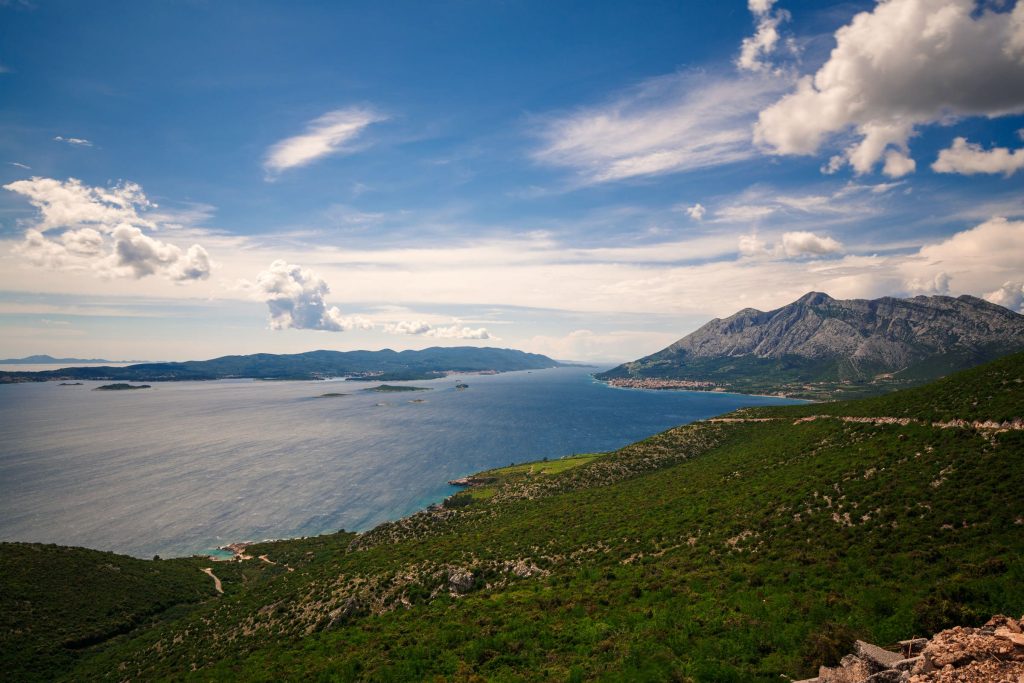As Morski writes on the 5th of October, 2020, a fantastic archaeological discovery has been uncovered in the Dalmatian region of the Peljesac peninsula. A team of archaeologists has excavated graves dating back to the 11th century BC. In one of them, a multitude of jewellery was discovered, as well as an exceptional Greek-Illyrian helmet, one of only a few found in the entire world.
It’s difficult to imagine the feeling of coming across such an important archaeological discovery, and after two and a half millennia of being buried away from human eyes, an incredible, ancient Greco-Illyrian helmet saw the light of day once again. These helmets are otherwise extremely rare, and there are only about 10 such helmets in the whole world.
”They were worn from the 7th century until practically the 3rd century BC and in each of those periods they were important in the sense of actually defining the members of the elite, the warrior elites who actually ruled the communities of that time,” explained dr.sc. Hrvoje Potrebica of the Department of Archeology, Faculty of Philosophy in Zagreb, for HRT.
Archaeological work at this particular location in the Peljesac region began this summer and was contuining throughout last week. The archaeological discovery, more specifically a tomb from the fourth century BC, hid a real historical treasure.
”What we can see, in any case, are fragments of a Greek vessel, neskifos, with a handle. Next to it are fragments of a bronze bracelet, which is usually found as part of women’s jewellery of that time, so we’re talking about the time somewhere in the fourth century BC,” said the director of the Institute of Archeology of Zagreb, Marko Dizdar PhD.
”Experts believe the finding is a tomb from the fourth century or fifth century BC. There are at least fifteen such mounds in this area, which tells us that there used to be a significant settlement here, but it also tells us that archaeologists will still have work to do here for decades, ”said HRT reporter Vicko Dragojevic.
”Now we actually have a few years to document the area, to actually know what we have in that area from the archaeological findings. And then when we understand the landscape, in parallel, we’re going to conduct targeted research on the most endangered parts,” Potrebica added.
After that, this should become one huge international interdisciplinary project, because there are extremely rare objects lying here that, thanks to archaeological forensics, can reveal something that cannot be found anywhere else.
For the latest travel info, bookmark our main travel info article, which is updated daily.
Read the Croatian Travel Update in your language – now available in 24 languages
Join the Total Croatia Travel INFO Viber community.












